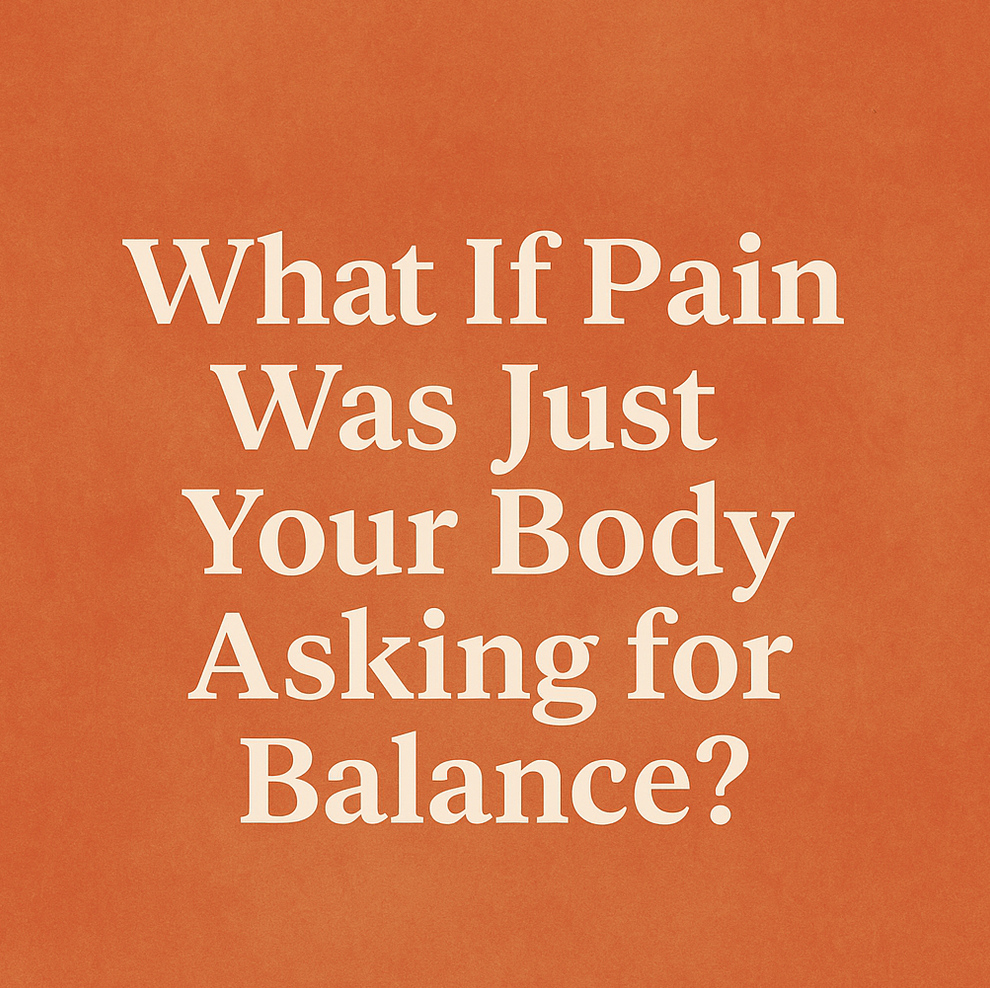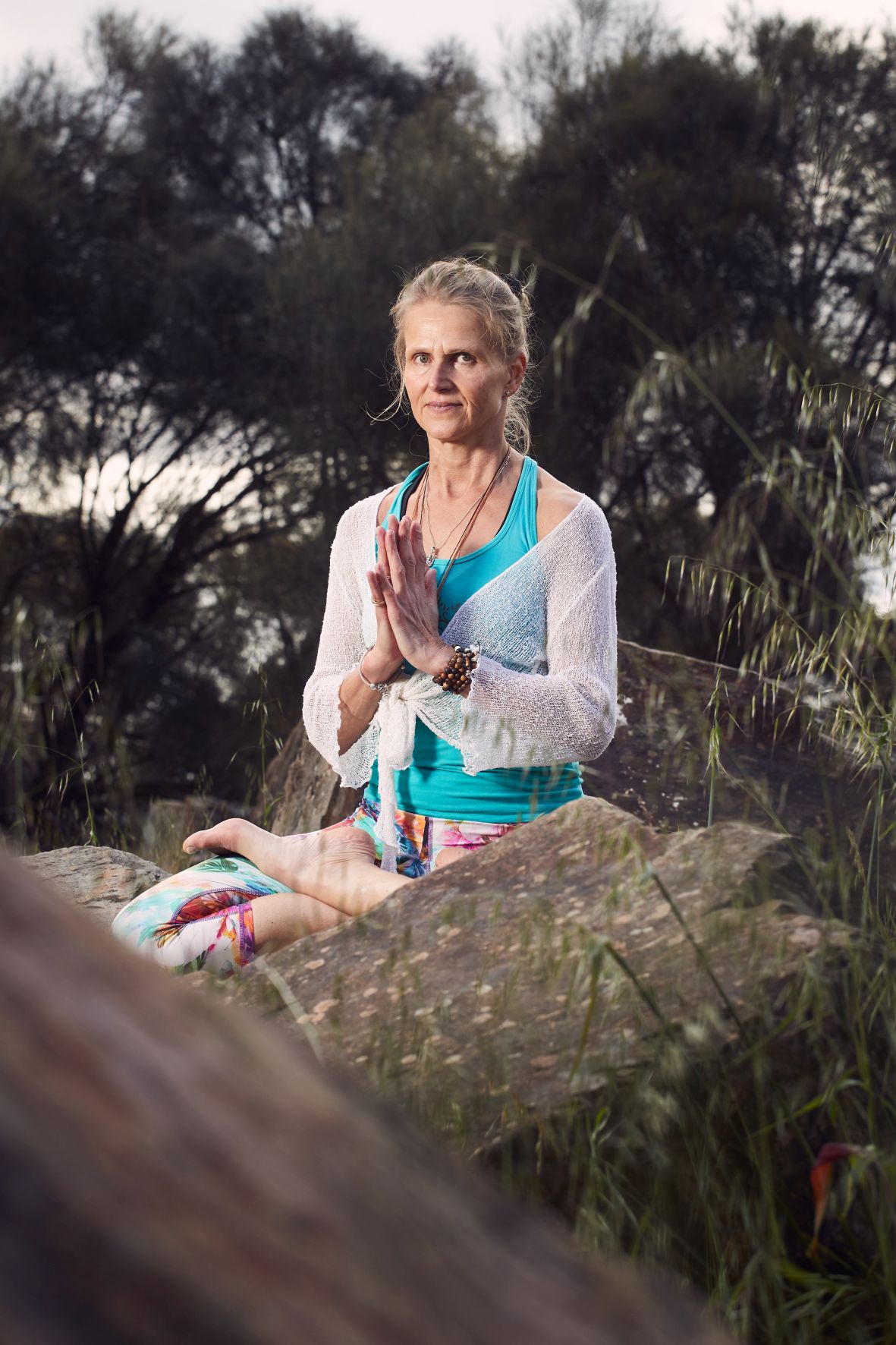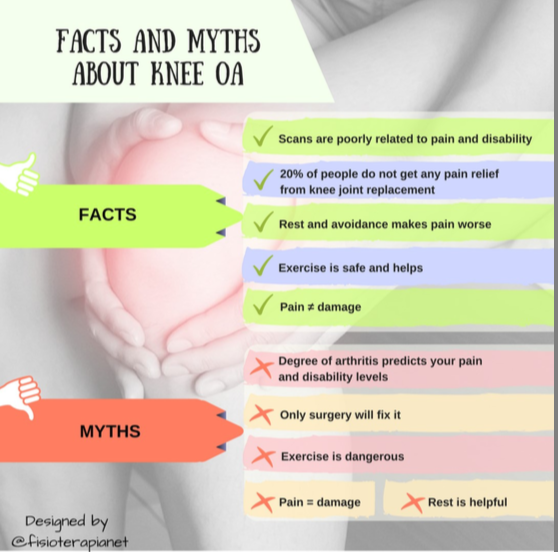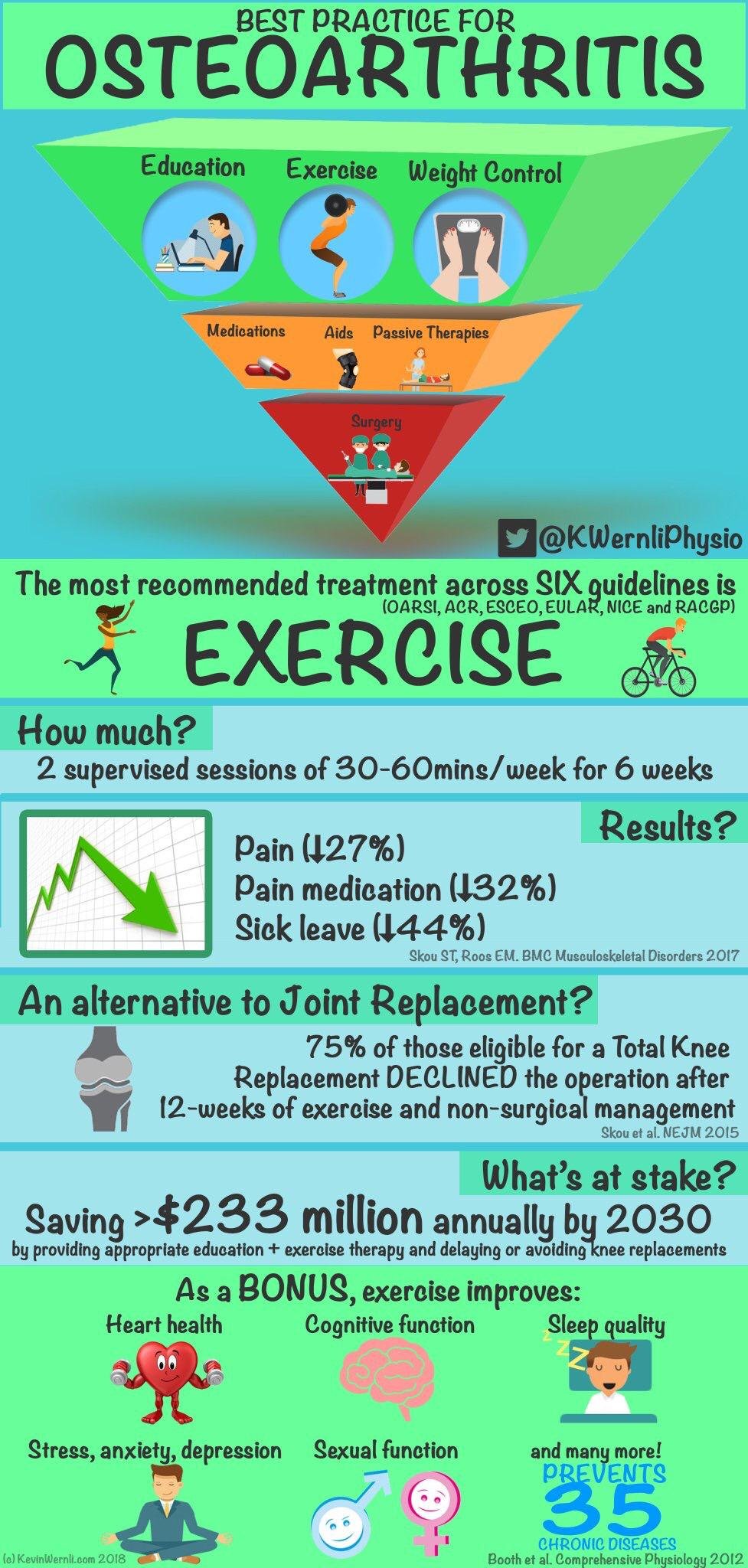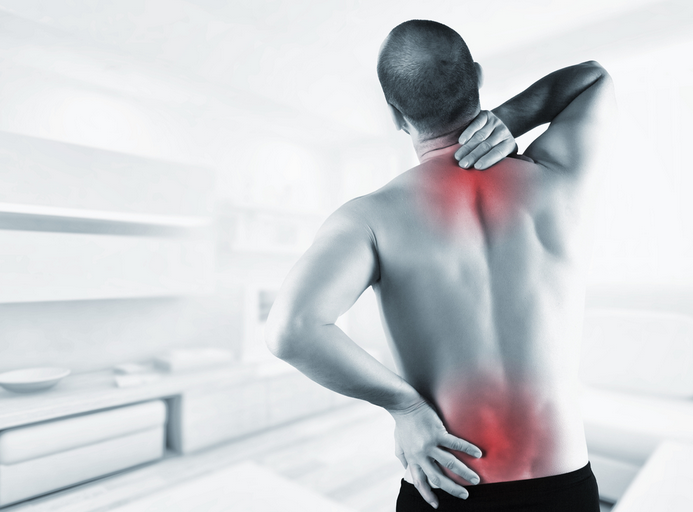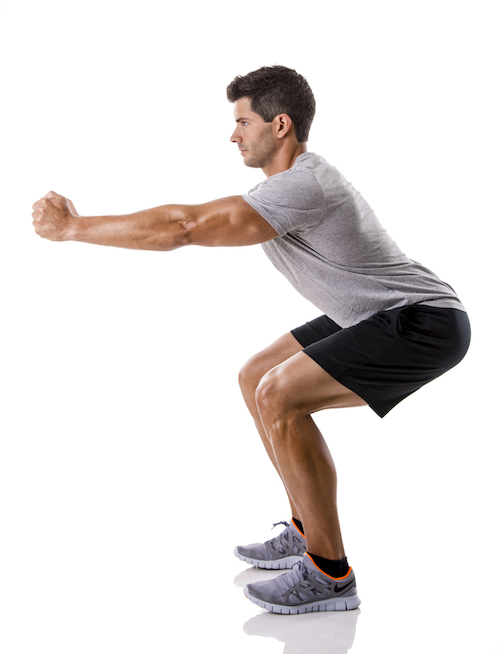Heel pain can be highly debilitating, not to mention extremely frustrating.
One of the main issues is that heel pain has many contributing factors.
Sometimes people only address one or two at a time and start to feel better, but the problem never really goes away completely.
To get your heel pain better you need to follow as many of the recovery guidelines (shown below) as possible for at least a month.
This may mean some changes to your lifestyle and you may need to make some room in your life to allow proper healing to take place.
5 Tips To Fast Track Your Heel Pain Recovery:
1. Update your footwear, including your running/exercise shoes and your work shoes immediately. Find the most comfortable and supportive shoe that suits your feet.
100% AVOID thongs, high heels and bare feet for a minimum of 3 months.
2. Stretch your calf muscles daily. Hold a gentle stretch for 1 min x 3 per day (dropping your heel over a step is a good option).
3. Reduce inflammation by using ice on your heel for 15 mins x 2 per day.
Either an ice pack with a velcro compression sleeve or you could also roll a frozen water bottle under your foot.
4. Tape your foot.
Use a simple rigid tape to pull from the outside of your foot, under the arch and up to the inside of the foot. Try a few pieces so at least half your foot is supported.
5. Gradually increase the walking you are doing each day.
Start with 10 mins and gradually build up to 30 mins everyday.
Monitor your time, distance and pain levels (during and the day after) by keeping a journal.
Maintaining a healthy weight is a key to getting better.
Bonus Tip:
Keep in mind the only evidenced based treatment to get both plantar fascia and achilles tendonitis issues better is a graded strengthening program. Start with these two:
- Strengthen the foot by doing daily foot 'scrunches'. Imagine you are picking up a towel with your foot - hold the position for 30 secs and repeat x 5. Aim to do this x 3 per day. A small amount of pain < 3/10 is OK.
- Strengthen your calves. After your daily walk, do 3 x 15 heel raises, lifting your body up onto your toes.
If you would like some more personalised advice on how to overcome your heel pain, we'd love to help you. It is a condition we see in the clinic everyday...and you don't have to put up with it!
After a thorough assessment, if you are a viable candidate for our program, we will map out a personalised plan to get you feeling (and staying!) better as soon as possible.
If you have any other questions…please contact us.


